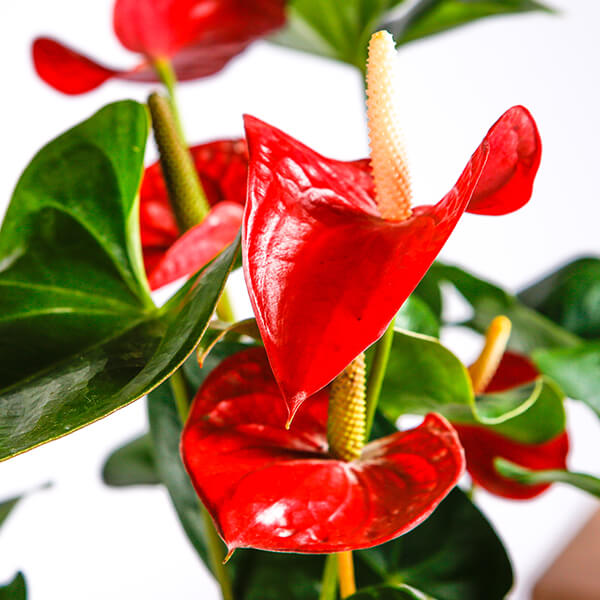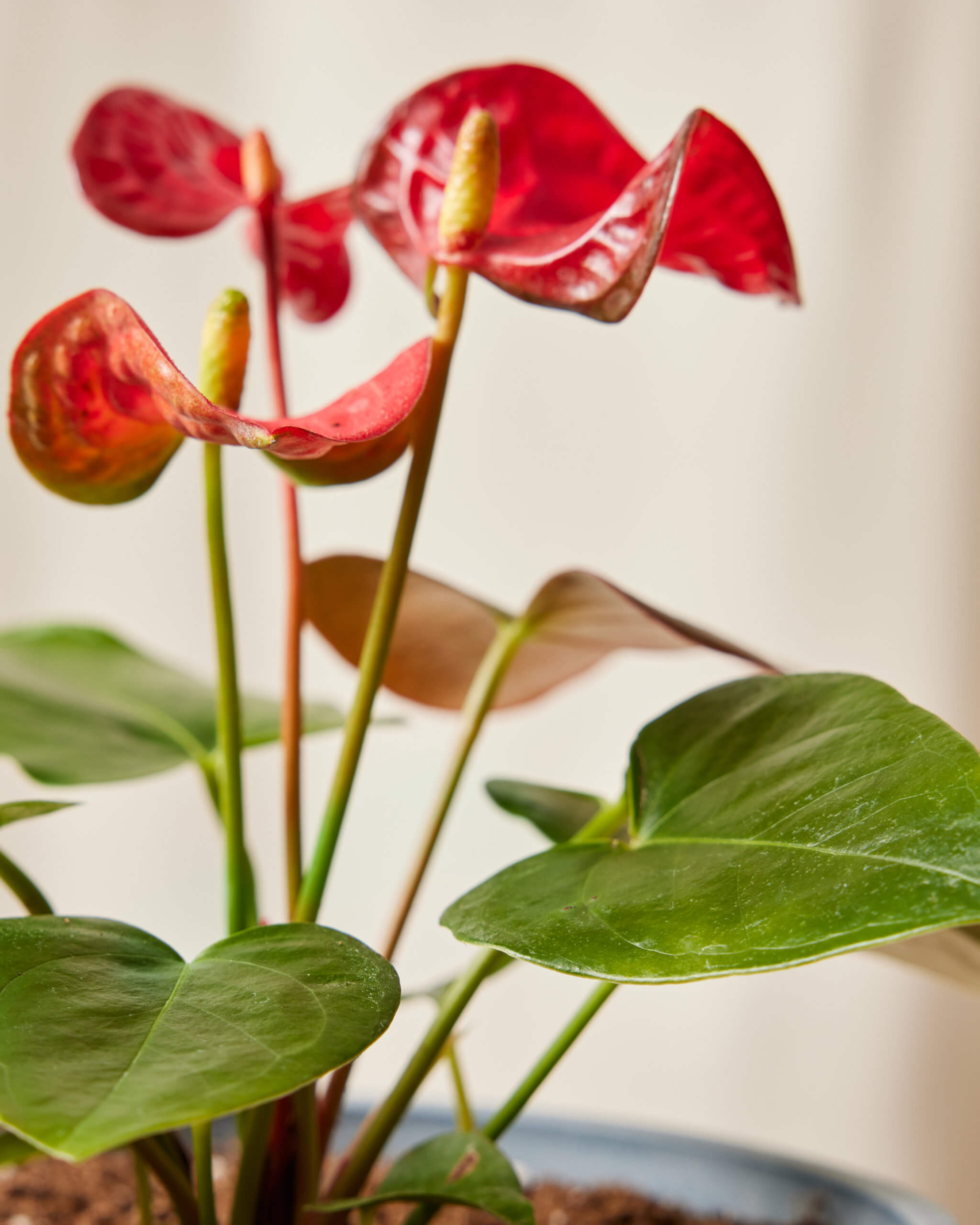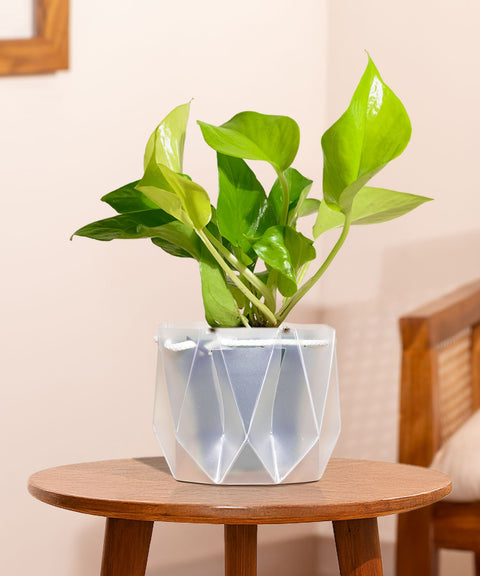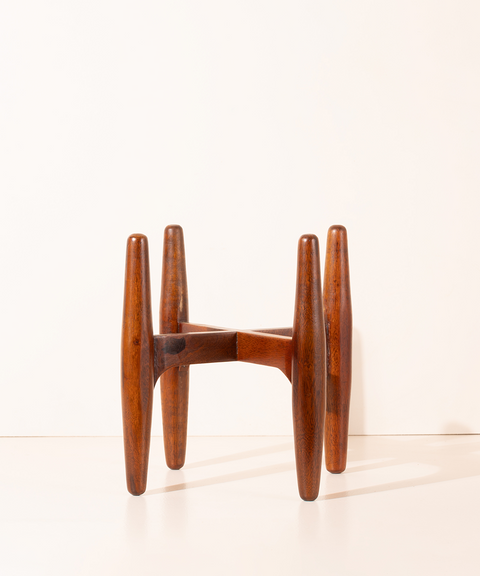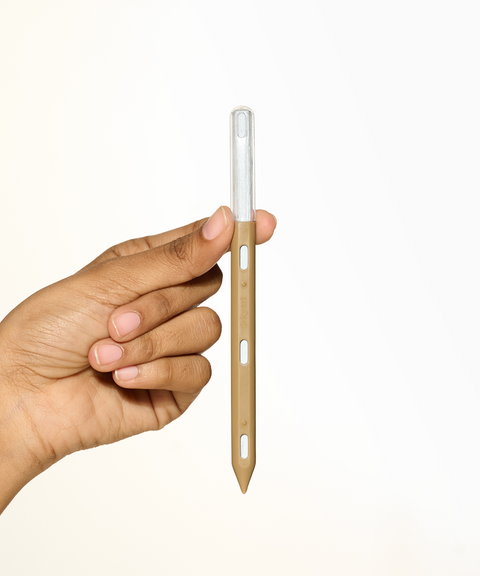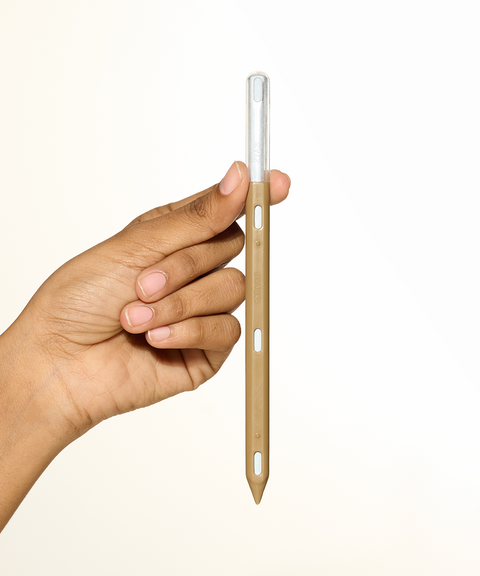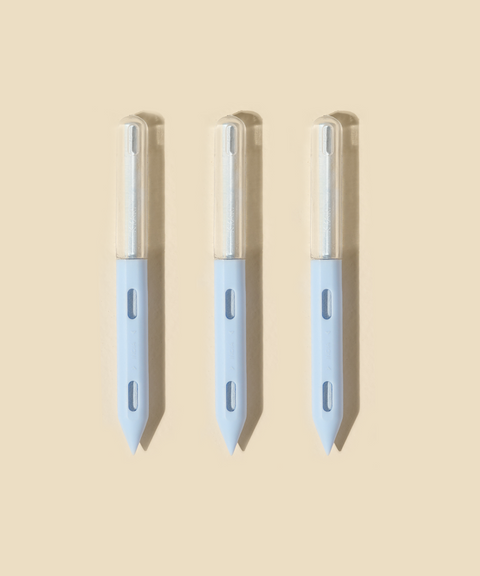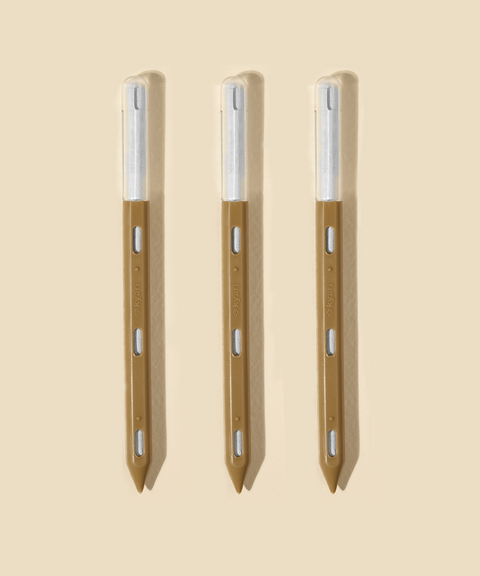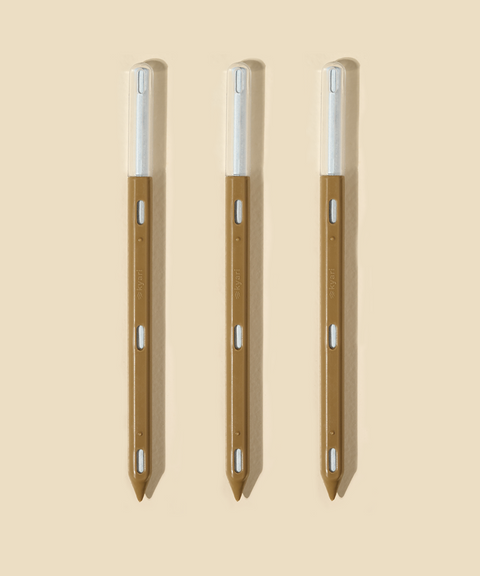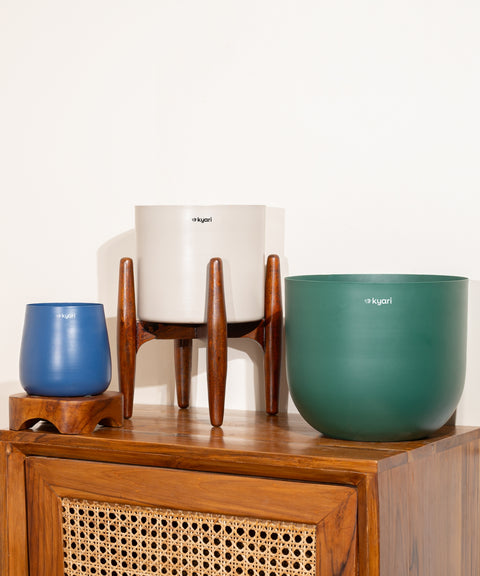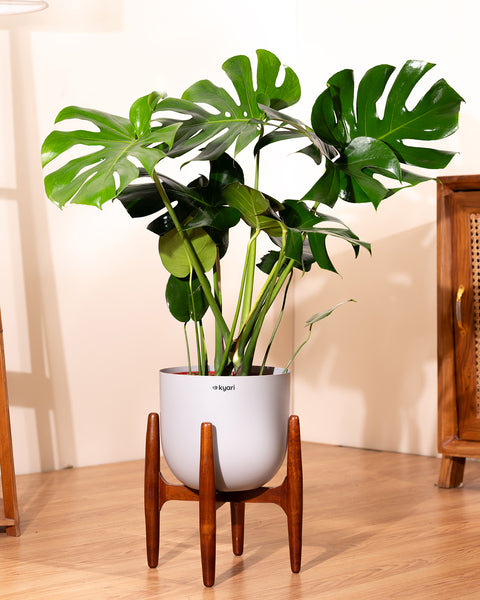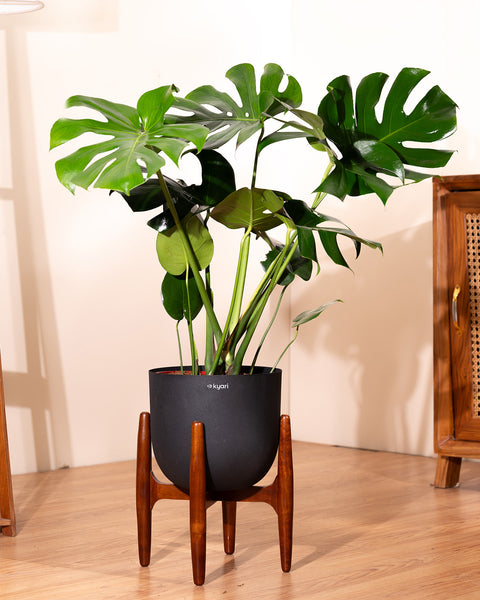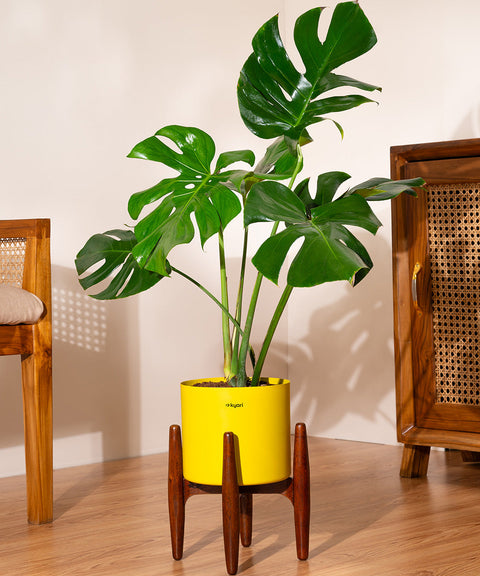Care guide
Anthuriums prefer bright, indirect light. Avoid exposing them to direct sunlight, as it can scorch their leaves. Place them near a window with filtered or curtain-filtered light. Insufficient light can result in poor flowering and leggy growth.
Anthuriums thrive in temperatures between 65°F and 85°F (18°C and 29°C). They are sensitive to cold drafts, so keep them away from windows or doors that may expose them to chilly air. Protect them from temperatures below 55°F (13°C).
Anthuriums prefer slightly moist but not waterlogged soil. Water the plant when the top inch (2.5 cm) of soil feels dry. Avoid letting the plant sit in standing water, as it can lead to root rot. If the plant's leaves start to turn yellow, it may be a sign of overwatering.
Anthuriums appreciate higher humidity levels. You can increase humidity by placing the plant on a tray filled with pebbles and water or by using a room humidifier. Misting the leaves occasionally can also help maintain humidity around the plant.
Use a well-draining soil mix for Anthuriums. A mixture of peat moss, perlite, and orchid bark or sphagnum moss works well. Good drainage is essential to prevent waterlogged roots.
Anthuriums benefit from regular fertilization during the growing season (spring and summer). Use a balanced, water-soluble fertilizer formulated for houseplants. Follow the package instructions for dilution ratios and frequency. Avoid over-fertilization, as it can burn the plant's roots.
Anthuriums prefer to be slightly root-bound. Repot the plant every 2-3 years or when it outgrows its current pot. Use a pot with drainage holes to prevent waterlogging.
Regular pruning helps keep Anthurium plants tidy and promotes healthy growth. Remove any yellow or damaged leaves by cutting them off at the base. Prune leggy or overgrown stems to maintain a compact shape.








 Limited Time Deal
Limited Time Deal
 BYOB - Small Plants
BYOB - Small Plants






